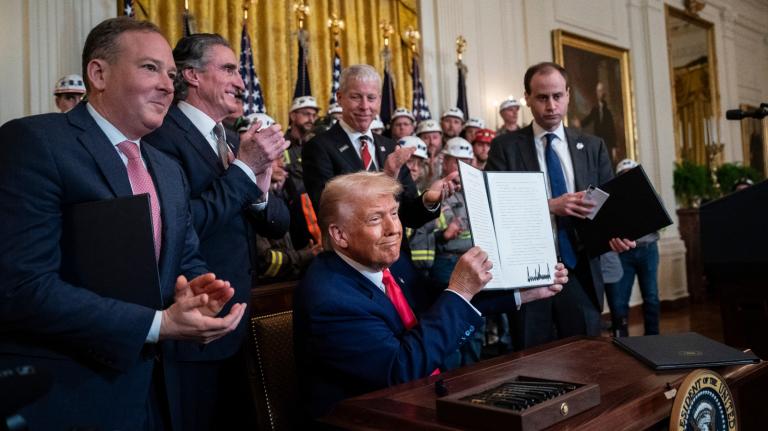Late last year, I began to get the sense that green building fatigue was setting in. On my end, I sighed when a press release announcing a new LEED building landed in my inbox; that fact, alone, no longer seemed like news. But all over the country, the housing bubble was beginning to burst. I wondered: Would green building survive?
With GreenBuild Expo, the largest gathering of green building professionals in the world, occurring this week, the question seems all the more relevant, especially since the bull market has gone bear. After all, green building is widely believed to be more expensive than traditional housing; if McDonald’s is seeing record profits due to inexpensive food, will green housing be the equivalent of a biodynamic, $8 a pound plum?
At least one report suggests that’s the case.
In “Emerging Trends in Real Estate 2009,” the Urban Land Institute and PricewaterhouseCoopers predict that “portfolio problems, the construction stallout, and increasing industry angst could distract from the push to reduce buildings’ carbon footprints and install green technologies.”
But my informal poll of industry leaders yielded unbridled optimism. “Certainly green building is not a fad, rather, it’s a trend,” James Brew, an architect with the Rocky Mountain Institute’s Built Environment Team, wrote to me. “And while this current economic situation has stalled some projects and limited the availability of capital, the trend is still there.”
He points out, though, that the trend is shifting as the pool of money dries up: “As cities, campuses and businesses begin to figure out that they are sitting on a virtual oil field of efficiency opportunity in their built environment, they might be able to heat up their economy by focusing on retro-commissioning and whole-building efficiency upgrades.” In other words, maybe there will be fewer gleaming office towers sporting their LEED plaques and more affordable projects and retrofitting programs.
Michelle Moore, senior vice president of policy and public affairs for the U.S. Green Building Council, affirmed Brew’s vision: “USGBC is turning its focus to greening our existing buildings — homes, schools, and offices.” This, she says, will help create these new green jobs we’re hearing so much about; green building could be part of Obama’s new New Deal. Just this week, LEED 2009, a revised version of the green building system that now considers local climates and carbon emissions, among other changes, was passed by USGBC’s 16,600 member companies and groups.
Moore and Brew are in good, optimistic company. There’s real evidence to support the notion that green building is growing despite the housing and financial implosion. The National Association of Home Builders has seen more than 1,000 housing industry pros earn their Certified Green Professional designation since launching it at the beginning of the year. The International Code Council, an association that develops standards for construction of residential and commercial buildings, is at work on a green building certification program for housing inspectors, as well as a series of papers and programs making green easier. Groups like Eco-Broker have trained some 4,200 real estate professionals to help houseseekers find green homes. It seems all sectors of the industry are moving toward a standardization of green building. And the more standard it gets, the cheaper it becomes.
Meanwhile, the 90,000-member American Institute of Architects, the National Wildlife Federation, and the American Society of Interior Designers, among many others, have adopted the Architecture 2030 Challenge, which asks subscribers to make buildings carbon neutral by 2030. Several counties and cities have signed on to the 2030 plan, including Sarasota County and Albuquerque, suggesting that the push might come from government as much as industry. “If the market doesn’t fully embrace green for now, local governments may force the issue,” reads the ULI report. “Major cities around the country begin to pressure real estate owners to reduce energy consumption, water use, waste disposal, and outdoor watering.”
Clearly, green building advocates believe that if ever there were a time for green building to grow, it’s now. General awareness of the issues among the public, a looming recession, and peak oil, they say, make buildings that consume less, and cost less to run, all the more attractive. Doesn’t sound like green is fading to black anytime soon.


